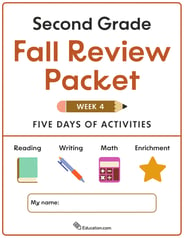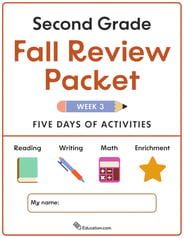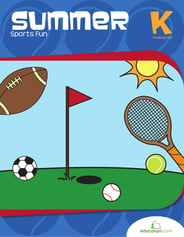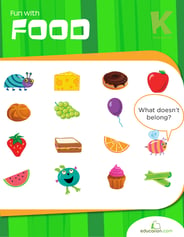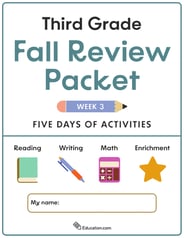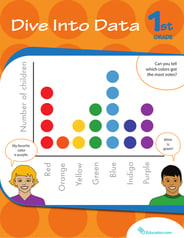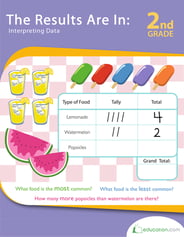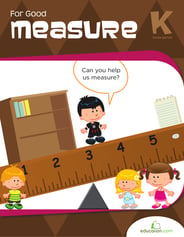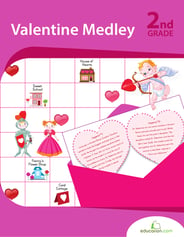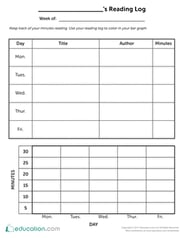- Worksheets
- Games
- Lesson Plans
- Workbooks
- Exercises
- Science Projects
- Skills Progression
- More
Search Bar Graph Educational Resources
85 filtered results
85 filtered results
Bar Graphs
Sort by
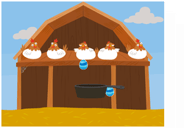
Data 1
Guided Lesson
Data 1
Learning how to represent numerical information is a key part of the third grade math curriculum. This lesson in data provides guided instruction designed by our team of curriculum experts and teachers to present this concept in an engaging way. Not only that, but helpful exercises help kids to see the practical applicaton of these skills in the real world.
3rd grade
Math
Guided Lesson
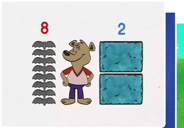
Measurement and Data 2
Guided Lesson
Measurement and Data 2
Measurement and data in first grade includes such important concepts as comparing the length and weight of two objects using a third object. This guided lesson, designed by curriculum experts, takes students on an exploration of these measurement and data concepts. Once through with the lesson, kids can gain extra practice with measurement and data with the accompanying worksheets.
1st grade
Reading & Writing
Guided Lesson
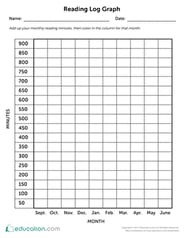
Reading Graph
Worksheet
Reading Graph
Maintaining a reading log is a fun way to encourage your child to set goals and track their progress. Students will keep track of their month-by-month reading stamina and practice their bar graphing with this reading log worksheet.
2nd grade
Reading & Writing
Worksheet

Why Do Leaves Change Color?
Activity
Why Do Leaves Change Color?
Engage your children with this fun fall activity that integrates math and science. First, your child will excavate to find leaves. Next, they'll examine them to determine the colors. Then, your child will graph their findings.
2nd grade
Math
Activity


